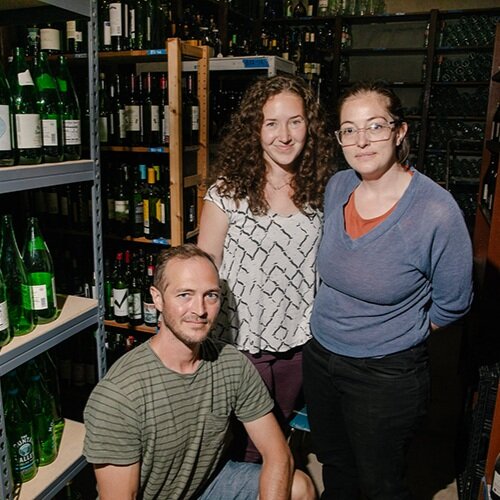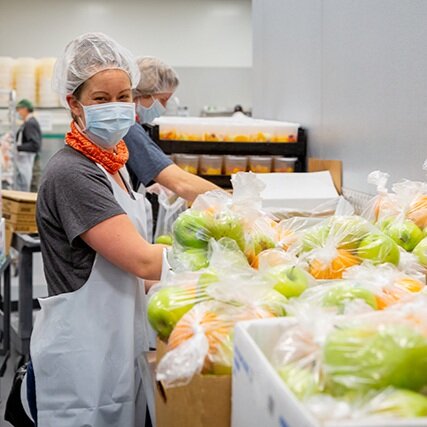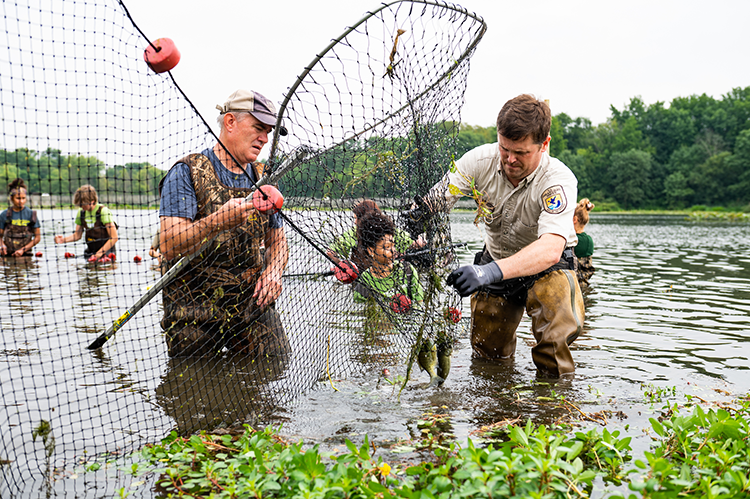Earlier today a friend sent me an article from The New York Times entitled “The Cotton Tote Crisis.” It asks, “How did an environmental solution become part of the problem?”
Now, I can’t tell you exactly what the story says. My Times account has lapsed and I’m experimenting with liberating myself from the never-ending news cycle.
Nevertheless, the formality of reading a story shouldn’t prevent me from commenting on its content, should it? Stories like these are often presented as a comeuppance to the environmentally righteous. Not only do stories like these serve to embarrass those who are trying to do the right thing, but it also instills doubt that there is a right thing to do at all. What are the good ideas of today that will appear foolish tomorrow?
Let’s take a trip back to the late ’80s. A new format for recorded music, the compact disc (CD), was about to transform the marketplace. Soon, everyone would be getting rid of their old-fashioned vinyl—those unwieldy discs prone to skipping and scratching—and replacing them with digital perfection and efficiency.
The small size of the CD presented the industry with two challenges. One, they were easier to steal. Two, they didn’t fit in the bins that were designed for vinyl. The industry’s answer was the longbox: a cardboard box the same length of an album that would also be more difficult to shoplift.
The longbox flourished for several years, but some artists began to take notice of the wastefulness of the packaging. Michael Stipe of R.E.M. and David Byrne of Talking Heads were both vocal critics.
Opposition to the longbox grew, and the industry decided to stop making them on Earth Day 1993. What nobody in the music industry was willing to confront was the host of environmental concerns about the discs themselves, both large and small. Vinyl records are made from polyvinyl chloride, a carcinogen, and manufacturing, which requires significant energy, produces wastewater that has polluted (and likely continues to pollute) rivers. CDs are, according to the Plastic Pollution Coalition “a combination of mined minerals, petroleum-derived plastics and various dyes and lacquers, making them not just a drain on natural resources, but practically indestructible in the natural environment.” And worse are the CD cases, also made from polyvinyl chloride. Despite all of this, nobody wanted to then—or wants to now—stop making records or CDs.
In this way, the demonization of the longbox is not unlike the focus on banning plastic bags. Don’t get me wrong: plastic bags are an environmental scourge. But what about every single piece of plastic you find inside the supermarket? The wrappers on the energy bar, the bag of grapes, the bag inside the box of Cheerios. Who is organizing the ban for all of that?
We are, understandably, more inclined to make changes around the periphery of our lives than to dive right into the heart of the matter. Our entire system is based upon unsustainable consumption, and that has little to do with plastic bags, longboxes or cotton totes.
That’s why businesses such as Rutabaga Toy Library and Baby Gear Group are so critical. They fundamentally question our relationship to stuff. They are breaking the cycle of digging up natural resources, manufacturing products, and then, when they are unwanted, burying them.
We need to approach our economy in new and thoughtful ways. What do we need to own, and what can we share? What can we do without entirely? That might be the biggest question of all.
Alex Mulcahy
Editor-in-Chief
alex@gridphilly.com









